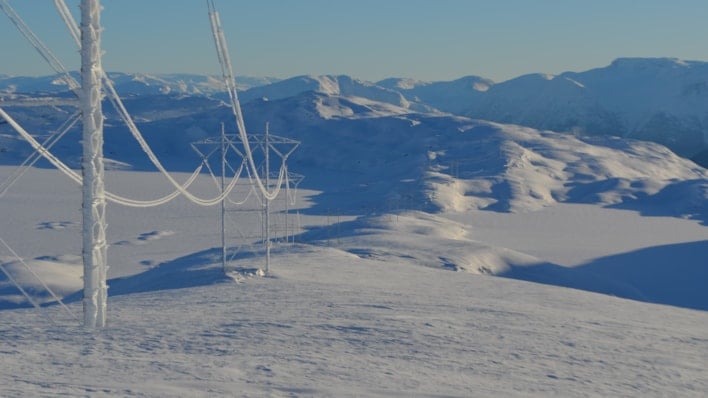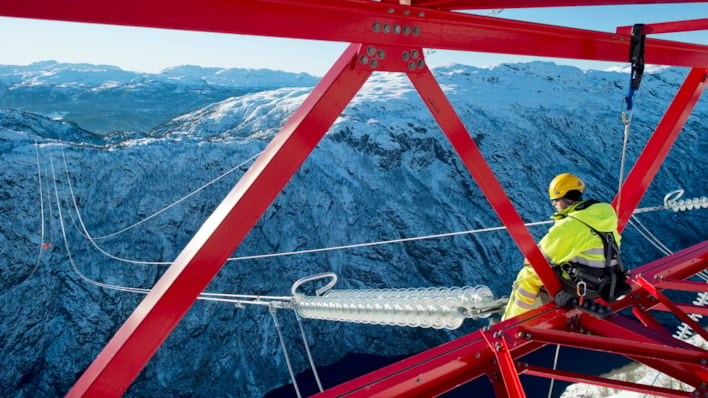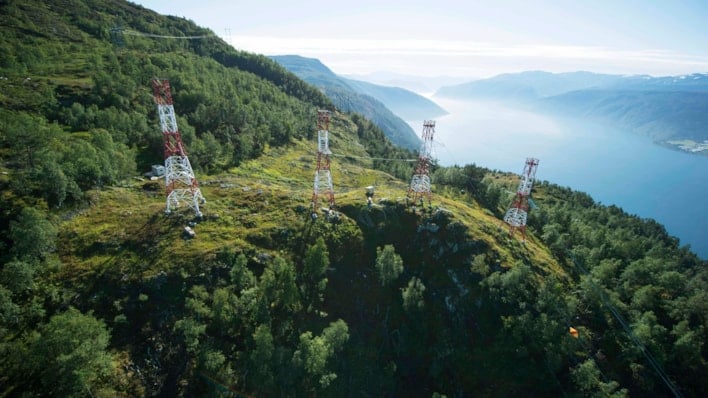Statnett must cut emissions in line with the Paris Agreement. Our biggest sources of emissions are related to materials, land use changes, construction activities and leakage of SF6 gas.
Sustainability
Statnett plays a key role in Norway's transition to a low-emission society. At the same time, Statnett’s mission entails a responsibility to protect individuals, local communities, climate and nature as we develop the power system of the future.
-
-
Statnett aims to ensure the involvement of stakeholders through participation and inclusive planning processes. We must respect human rights and ensure decent working conditions.
-
Statnett works to avoid construction in valuable and vulnerable nature, reduce its footprint, minimize construction in carbon-rich areas and work towards nature-positive grid development.



